As we all know, it is important to hydrate during a prolonged physical effort. Besides, you've probably heard about electrolytes and the fluid and electrolyte balance. But do you know what they really are and what they are used for?
Water is the main component of the human body, representing 45-70% of its total mass. Body water is distributed inside and outside the body cells and contains various components essential to life, including electrolytes.
An electrolyte is a substance which, when dissolved in a liquid, separates into ions, positively or negatively charged particles. Sodium, potassium, calcium, chloride or magnesium are examples of electrolytes contained in the human body, each with well-defined roles.
When speaking of maintaining the fluid and electrolyte balance, we talk about the equilibrium between water and electrolytesthat reigns in the organism. This balance is vital to the survival of the cells. The body regulates very precisely the concentration of the electrolytes in its various compartments in order to allow the metabolism to function optimally.
Sport and electrolytes
When exercising, the body loses water and electrolytes through the sweat. The intensity of perspiration varies according to the climate, the clothes worn, the type of sport practiced, as well as its intensity and duration. In general, the maximum sweating rate is 2-3 liters per hour. However, according to individuals, there are large variations in the amount of sweat produced and its composition.
So how to hydrate effectively?
Before effort
Two to four hours before an effort, it is recommended to ingest between 5-10mL of fluid per kg of body weight to avoid starting physical exercise in a state of dehydration. This practice promotes a proper hydration while allowing the excessive water ingested to be evacuated before starting exercising.
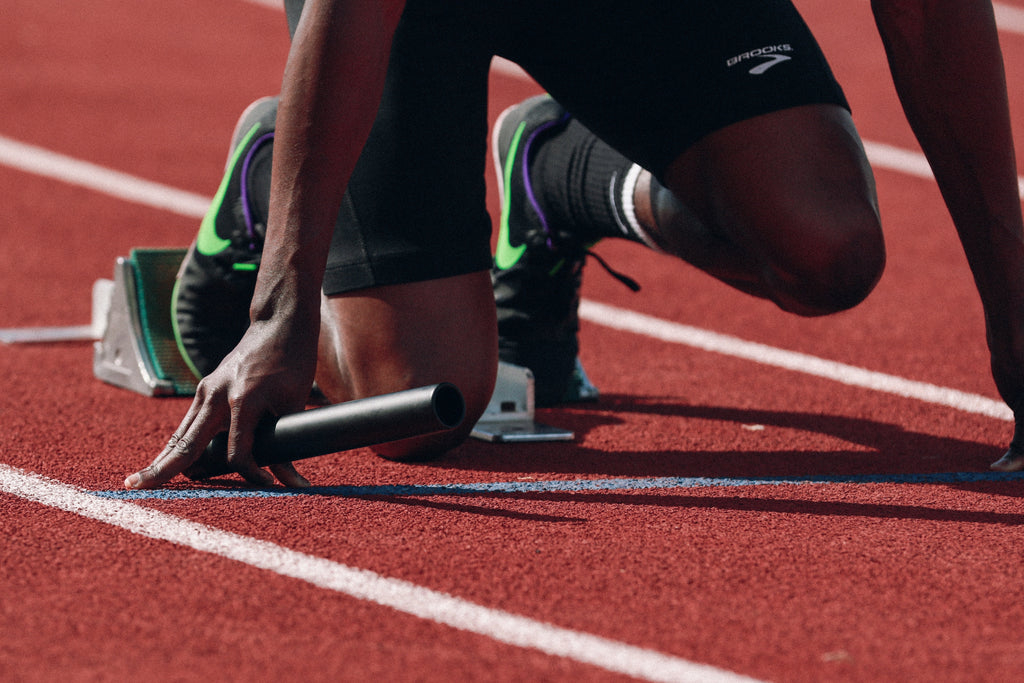
During effort
In the case of a training that lasts less than one hour, or when there is little sweating, hydration with pure water is sufficient. Just be sure to ingest enough fluid to replace the quantity that is lost through sweating, and thus prevent dehydration.
Dehydration decreases cardiac output, blood flow, and sweat production, thus accelerating the rise in body temperature associated with exercise in the heat. It is therefore easier to get a heat stroke, also called insolation, when one does not drink enough. In addition, dehydration greater than 2% or 3% of body mass can impair performance, especially by increasing the subjective perception of difficulty in physical exercise.
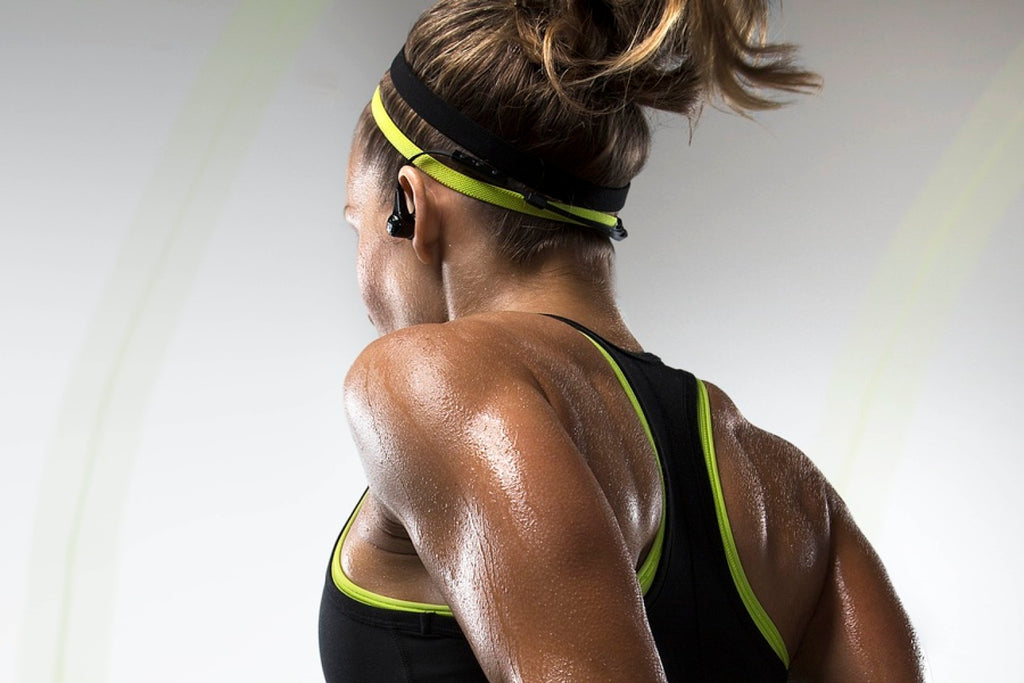
To minimize the risk of insolation and impaired performance during exercise, an athlete must replace lost fluid.
The amount of liquid you need to ingest to maintain the fluid and electrolyte balance depends on the sport intensity and more precisely the amount of sweat created.
In addition, when you sweat, you lose not only water, but also electrolytes (especially sodium, what causes the salty taste of sweat). Therefore, sweating creates an imbalance in the fluid and electrolyte balance!
Thus, in the case of intense physical activity inducing a lot of perspiration, it is recommended to choose a drink containing electrolytes or to complete its hydration with a food rich in minerals to help restore the hydro-electrolyte balance, for example Näak bars!
During a marathon, for example, the most frequent consequence of a fluid and electrolytes imbalance is hyponatremia. It is a drop in sodium concentration in body fluids mainly caused by overhydration. Indeed, when ultra endurance athletes drink an excessive amount of water without replacing the electrolytes lost through the sweat, it induces a dilution of the electrolytes contained in the various body compartments. Thus the fluid and electrolyte balance is disturbed, which is detrimental to our metabolism. The symptoms of hyponatremia are nausea, vomiting, headache, confusion, fatigue...
The composition of the perspiration varies greatly according to the sportsmen, in particular regarding the electrolyte concentration. For an exercise period of more than one hour, an intake of about 0.5-0.7g of sodium per liter of water is recommended to replace what is generally lost through perspiration.
After effort
After performing an endurance exercise, the human body is often deficient in water and electrolytes despite the efforts to prevent it. It is therefore important to reconstitute these reserves by drinking enough and ingesting electrolytes through either specialized drinks or the diet.
Fluid-electrolyte balance & ultra sport nutrition
There are a lot of products designed to provide the electrolytes needed during the sport session. You can thus find them in liquid or solid foods.
Most of the energetic drinks meant for athletes contain some electrolytes.
The Näak Ultra Energy™ bars are specially designed to provide an electrolyte boost to support the athlete during exercise! They are indeed rich in electrolytes, each containing 180mg of sodium, and 400 mg of potassium. They therefore help to maintain the hydro-electrolyte balance during the effort but also afterwards, by reconstituting the lost reserves!

More on fluid and electrolyte balance - Some Chemistry
Body water
Body water can be divided into two distinct compartments: the intracellular fluid (in the cells) and the extracellular fluid (outside the cells). The latter includes plasma, the liquid component of the blood in which blood cells bathe.
About ⅔ of the body fluids are found inside the cells against ⅓ outside. Maintaining this balance is vital to cell survival.
As previously mentioned, the body water is rich in electrolytes.
Electrolytes
Electrolytes give conductive properties to liquids, meaning they allow the passage of electric power. Thus, they enable us to relay electrical signals through our bodies, essential to the proper functioning of neurons and muscles for example. In fact, most of the information exchanged within the human body is transmitted by electrical signals.
Each electrolyte has its own role in the human body: muscle contraction, nerve conduction, blood coagulation, cardiac function, water and pH balance...
Fluid and electrolyte balance within the human body
The different body fluids, both intracellular and extracellular, have different electrolyte compositions, closely regulated. Sodium, for example, is the major electrolyte in the extracellular fluid while potassium is present in much greater quantity in the intracellular fluid.
It is vital to maintain the distribution of electrolytes throughout the compartiments as they contribute to the distribution of water in the various compartments and allow electrical communication through the body.
But how do water and electrolytes move through the cells?
Each cell possesses an envelope, which is permeable to water but not to electrolytes. Between the intracellular and the extracellular compartments there are exchanges of water, going from the richest compartment in electrolyte to the poorest one, under the action of what is called osmotic pressure.
Electrolytes are actively transported through the cell membrane from the inside of the cell to the outside and vice versa. Electrolyte pumps requiring energy are then involved.
Thus, depending on the state of hydration, the electrolytes and the water will move from one compartment of the body to another to maintain the hydro-electrolyte balance.
Today, try to become more performant by maintaining a good hydro- electrolytic balance with Näak bars !




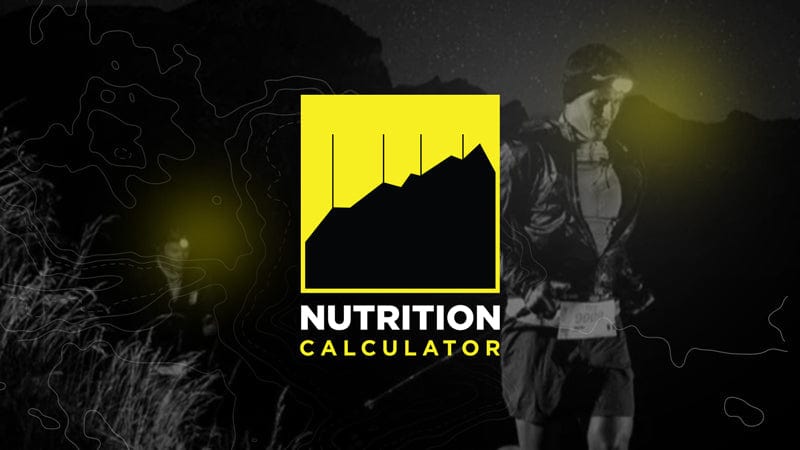
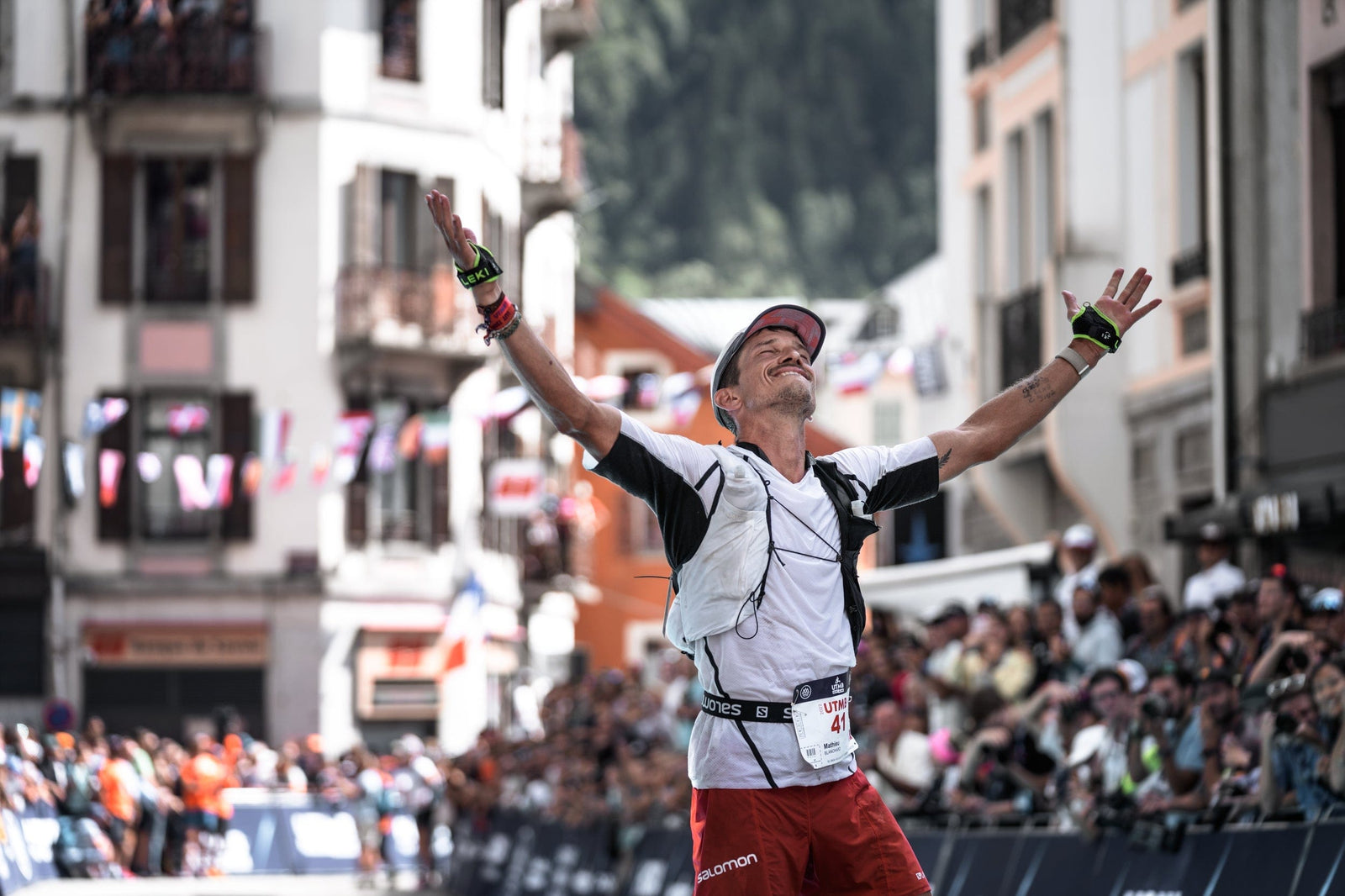








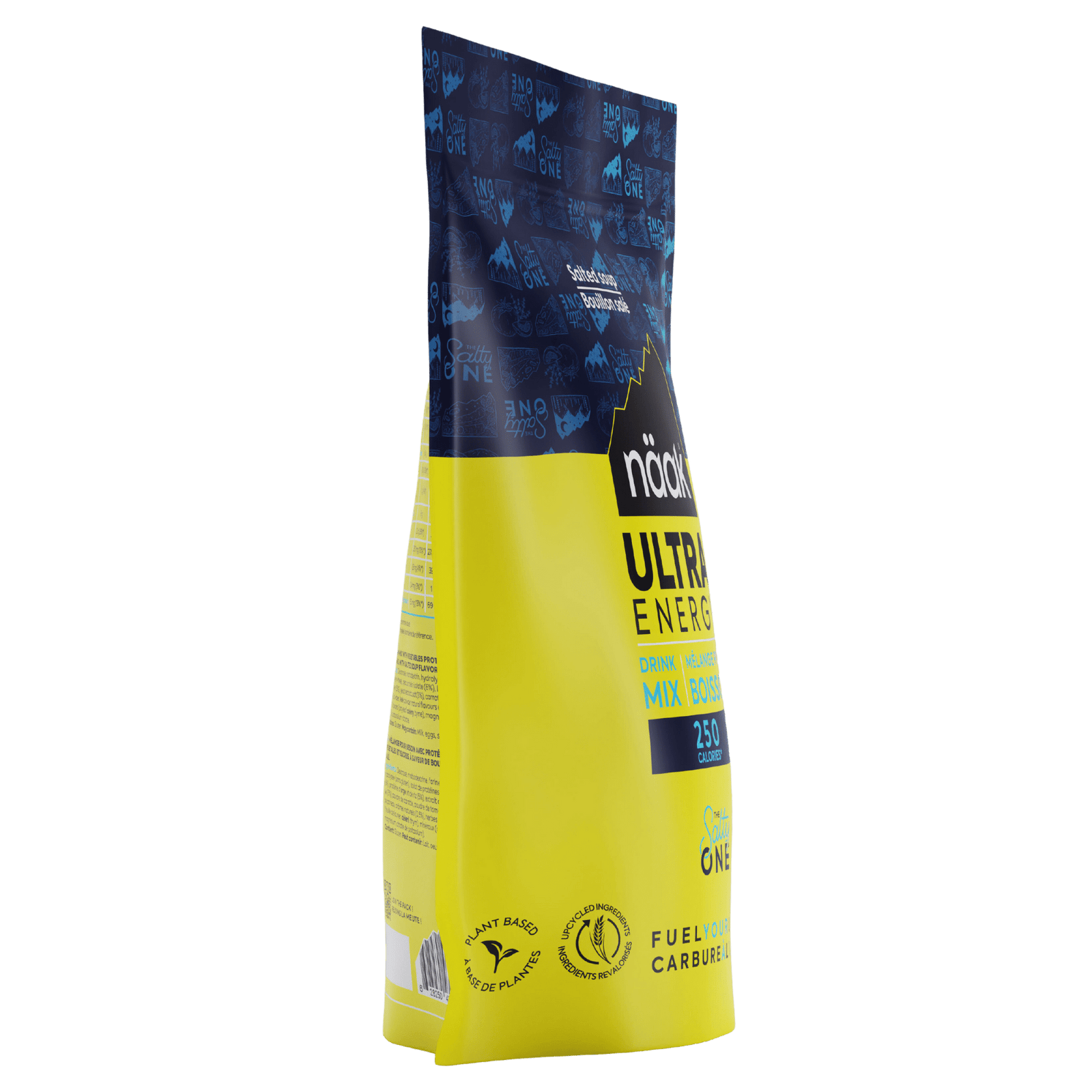
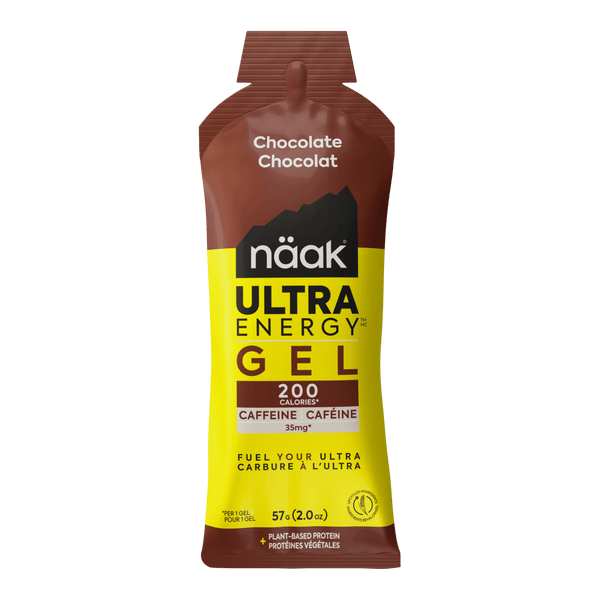
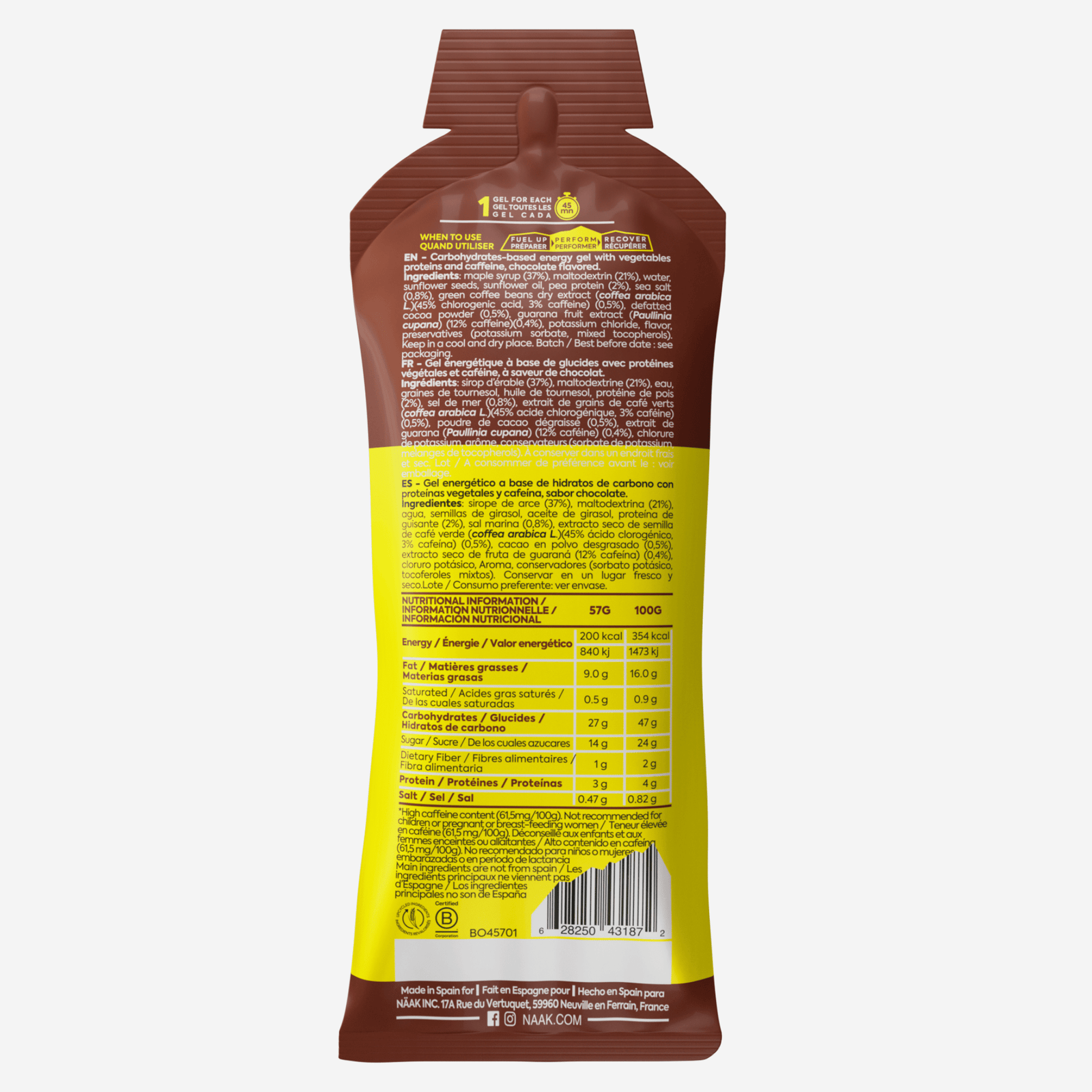
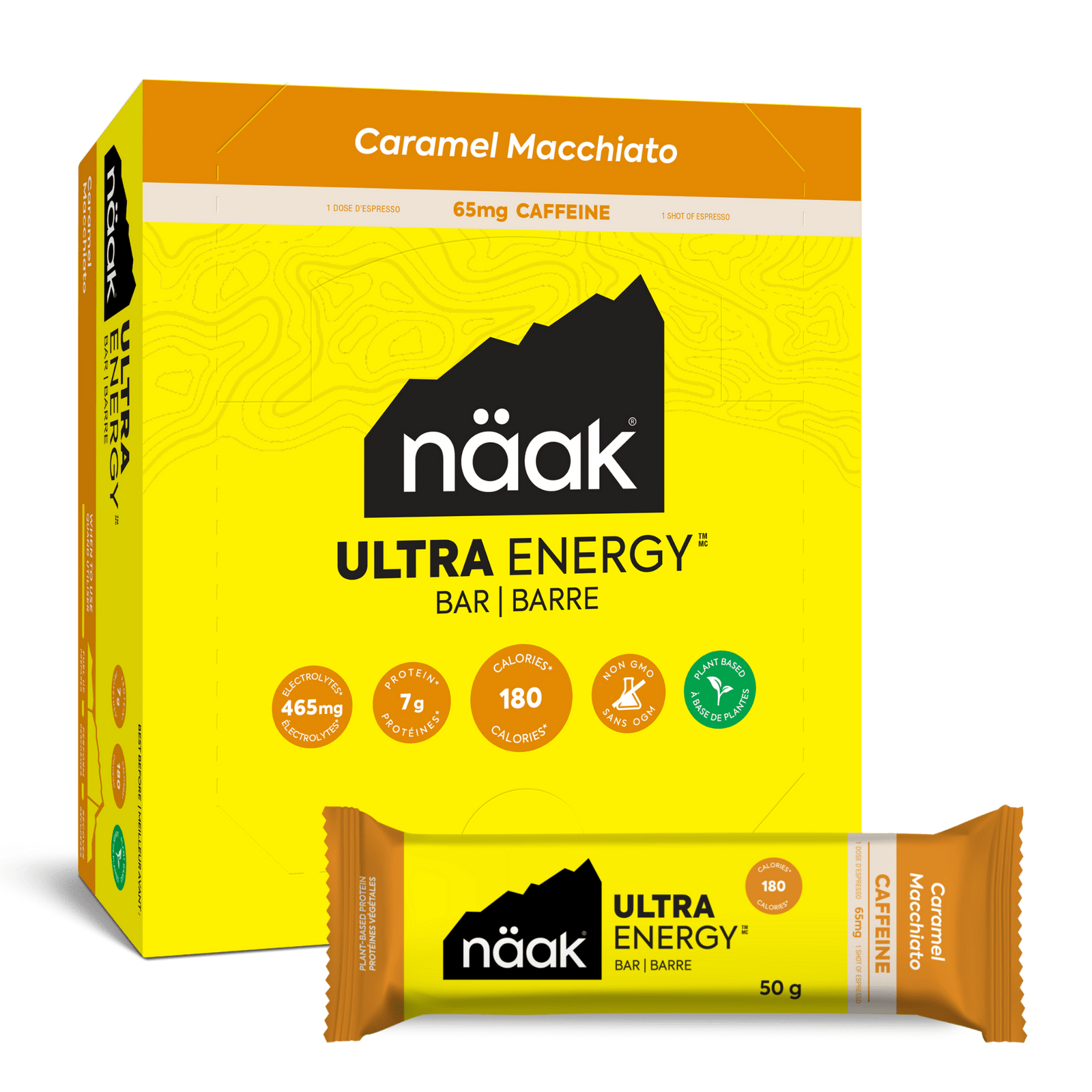
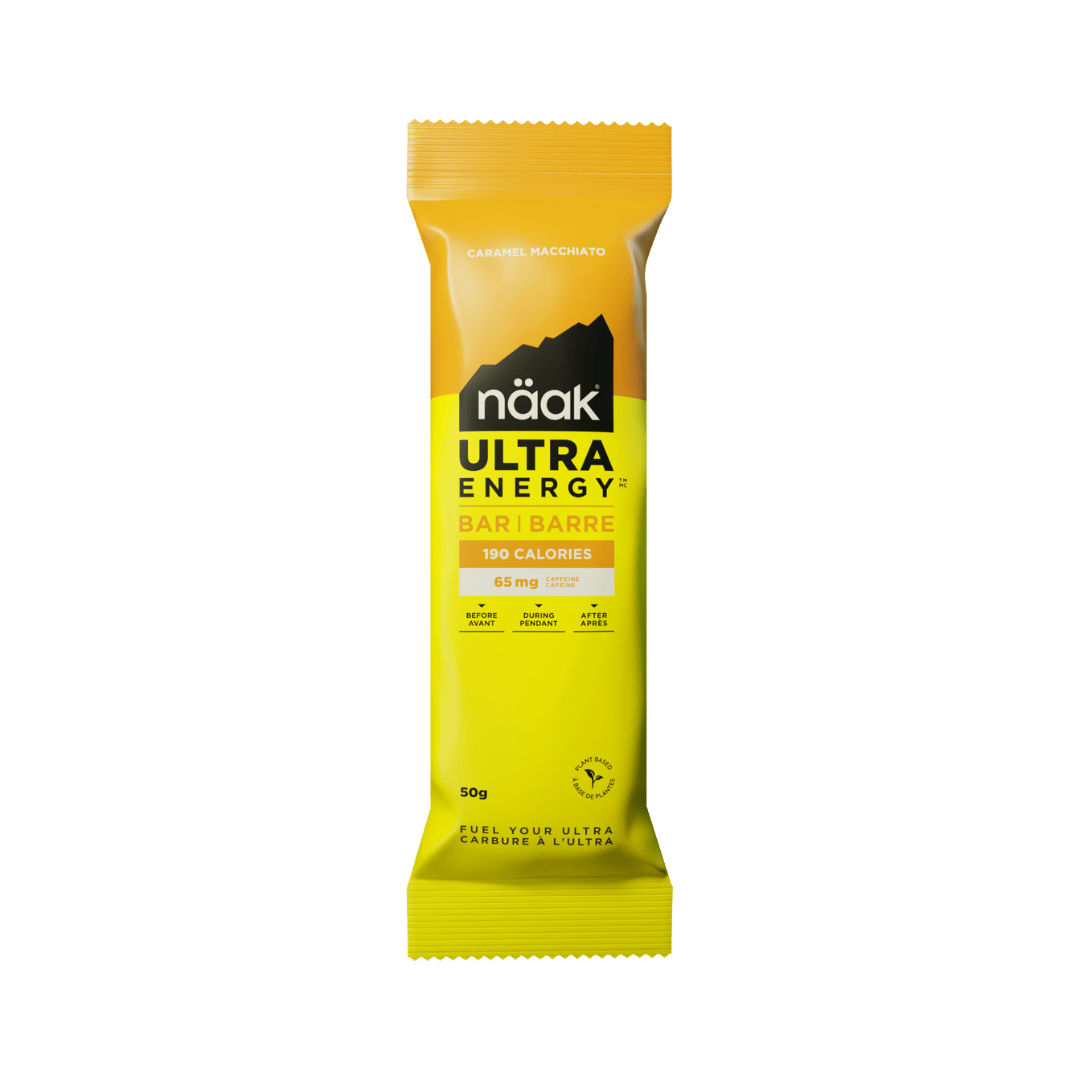
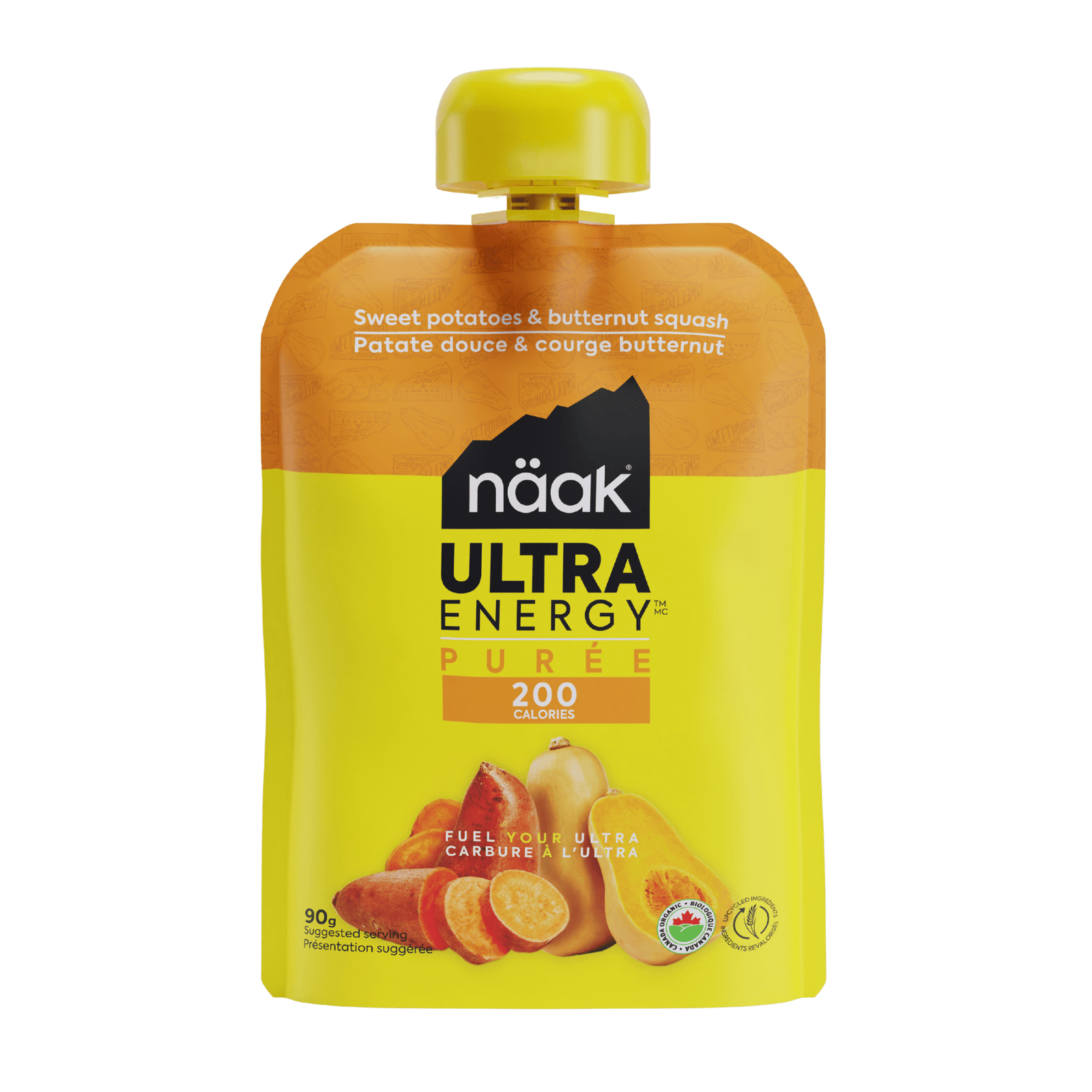
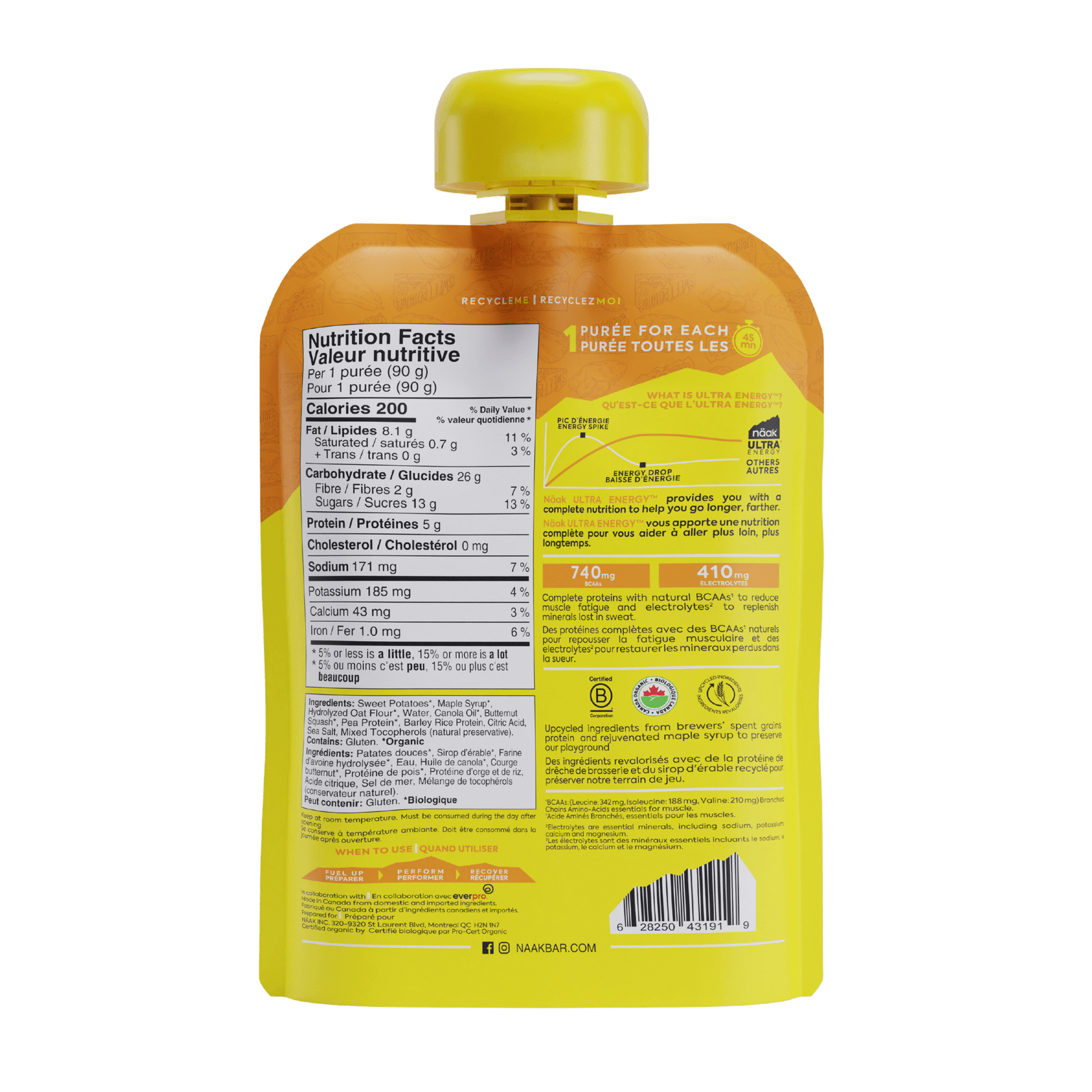
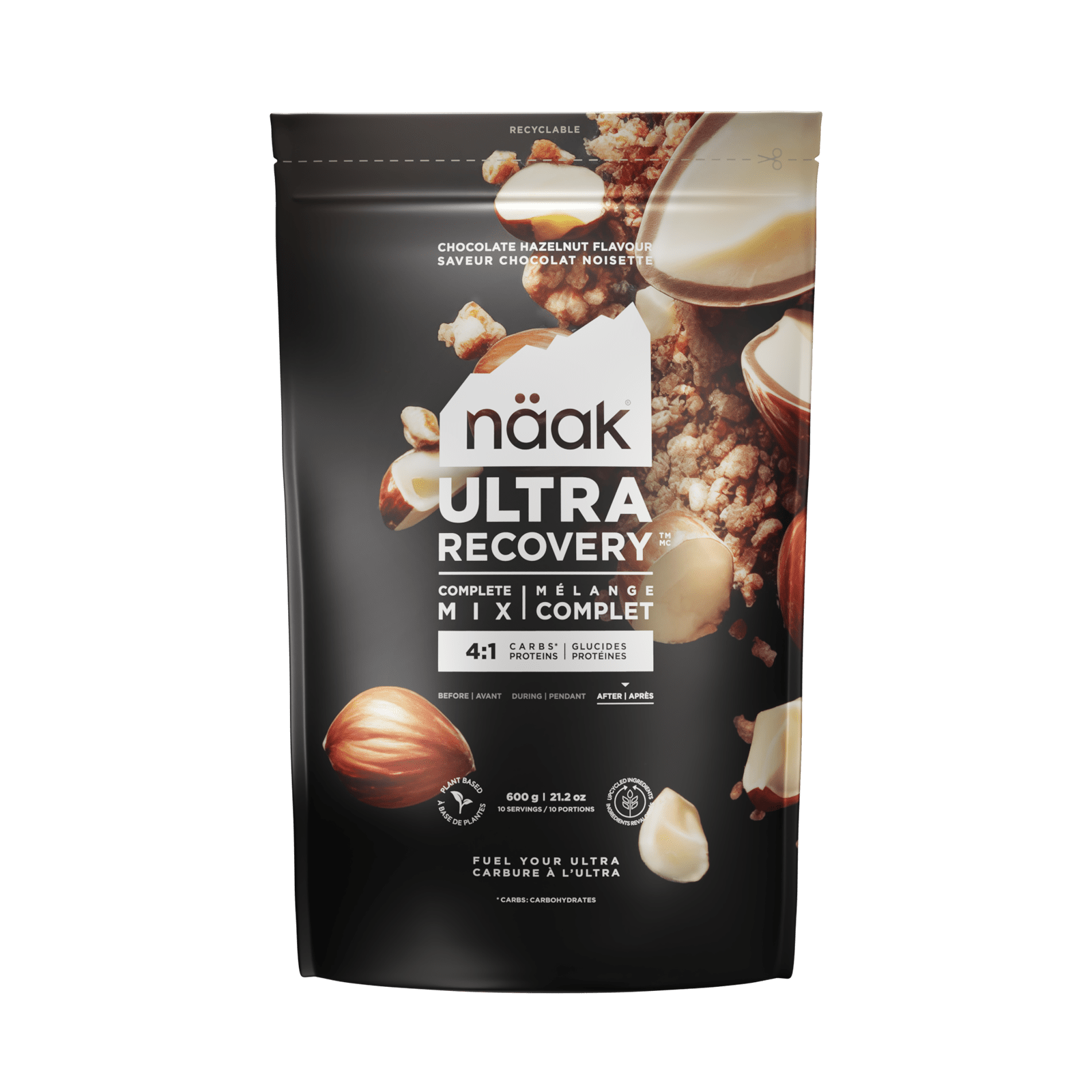

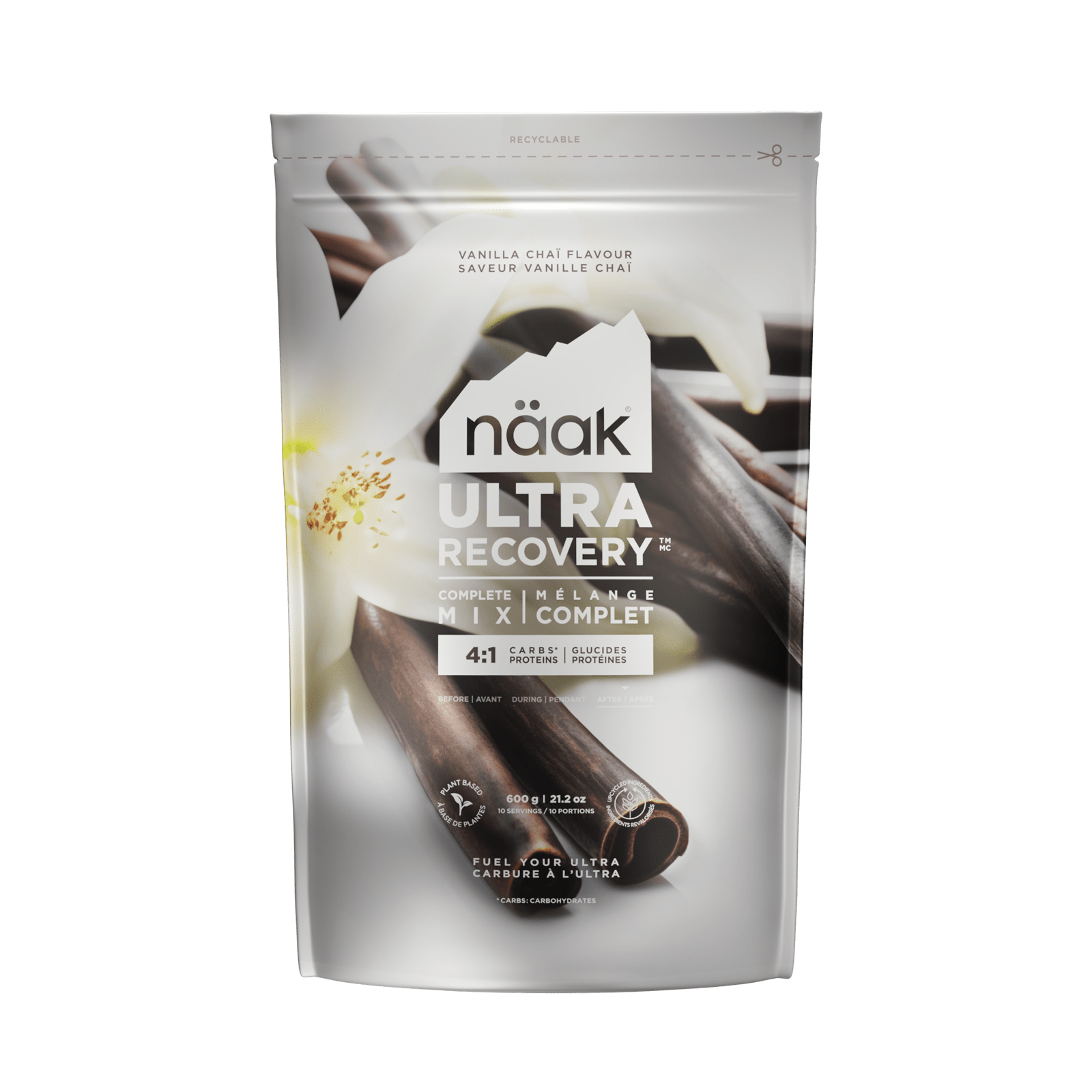
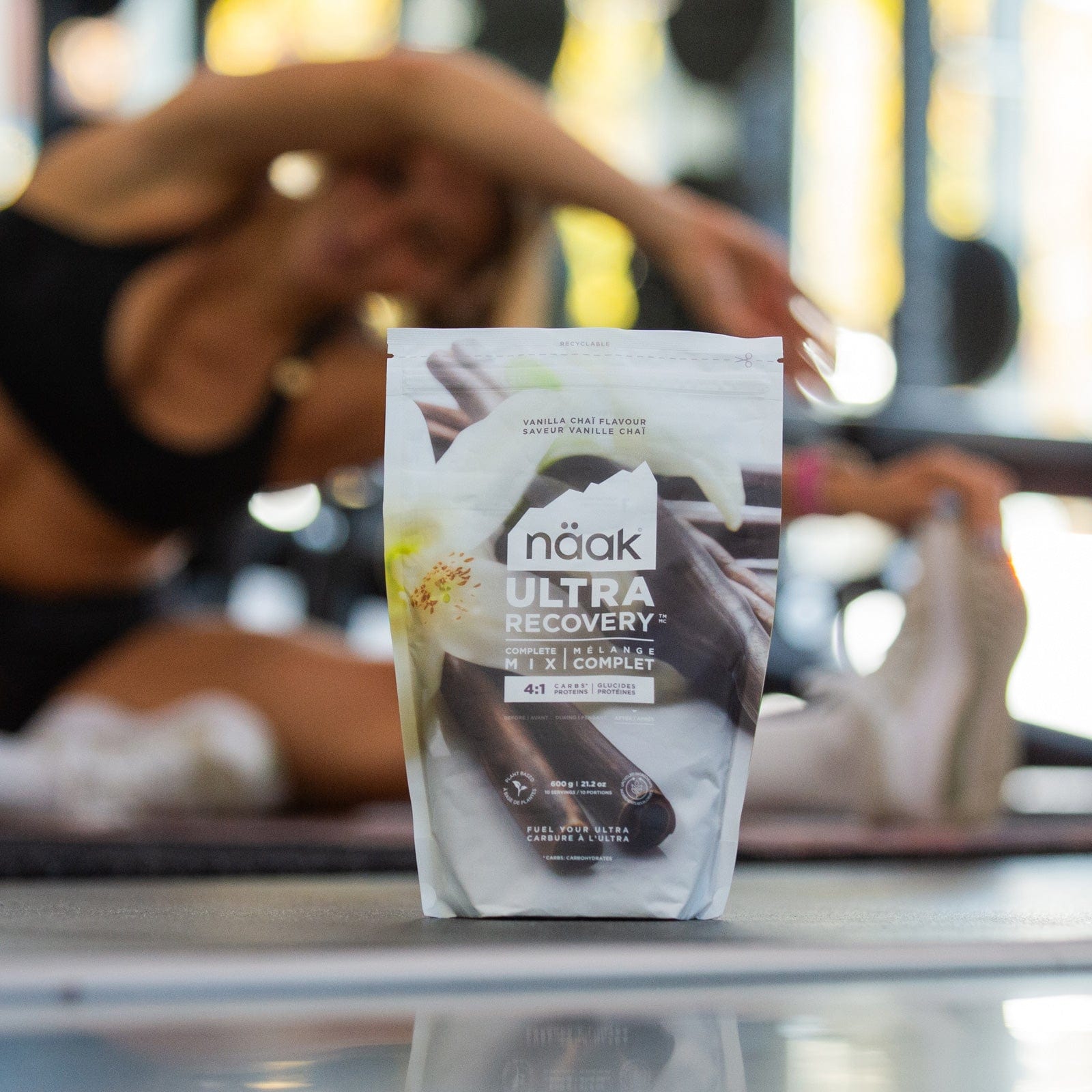
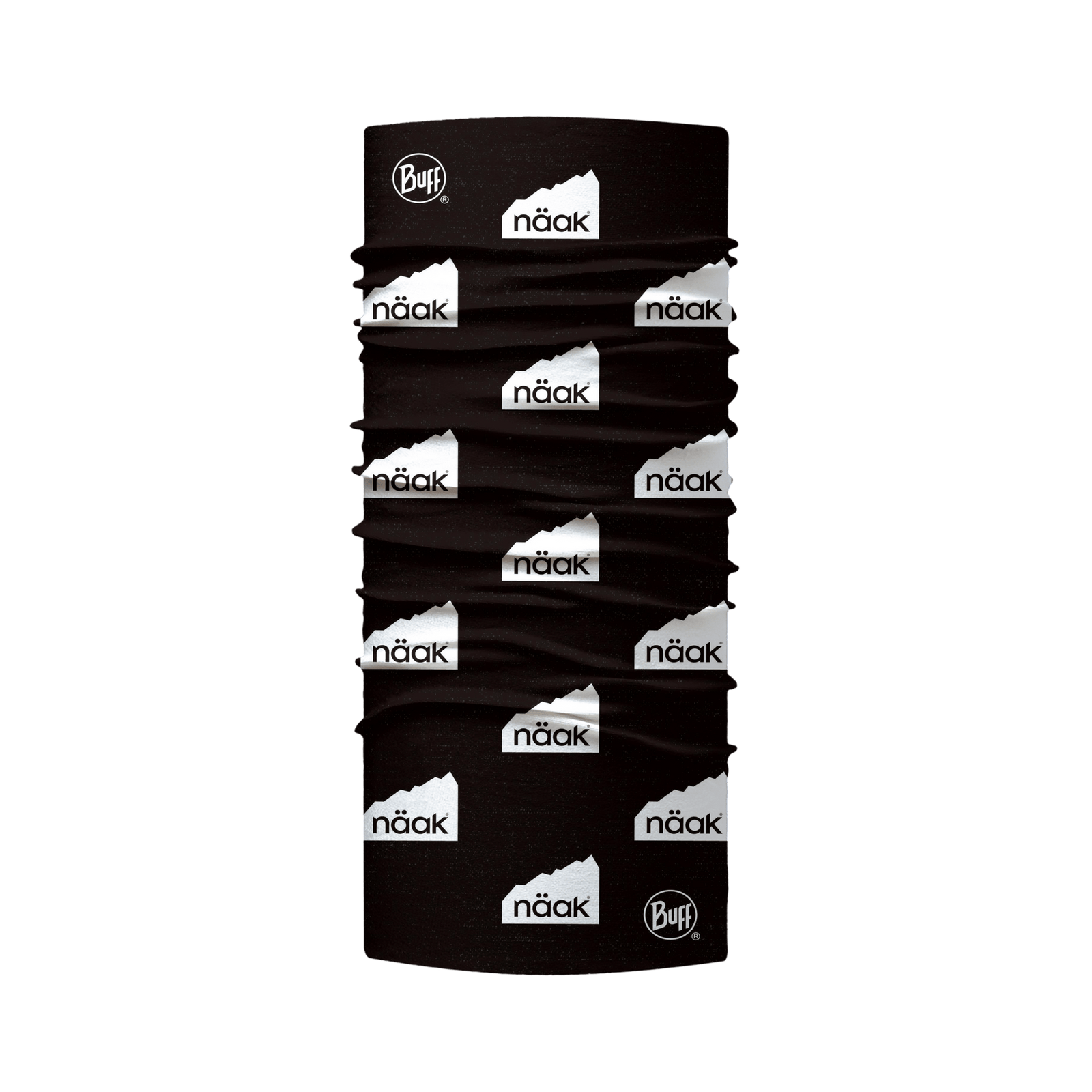
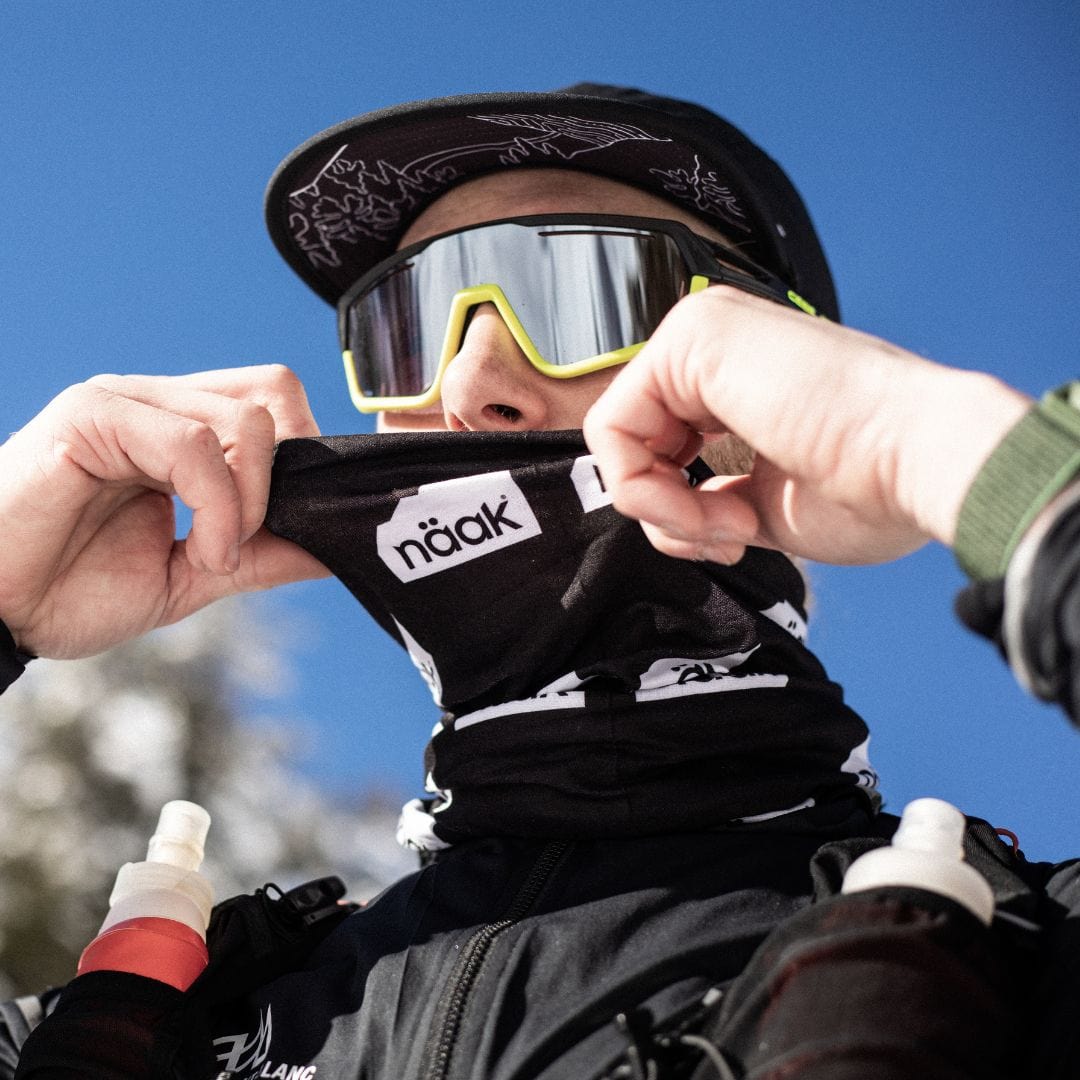
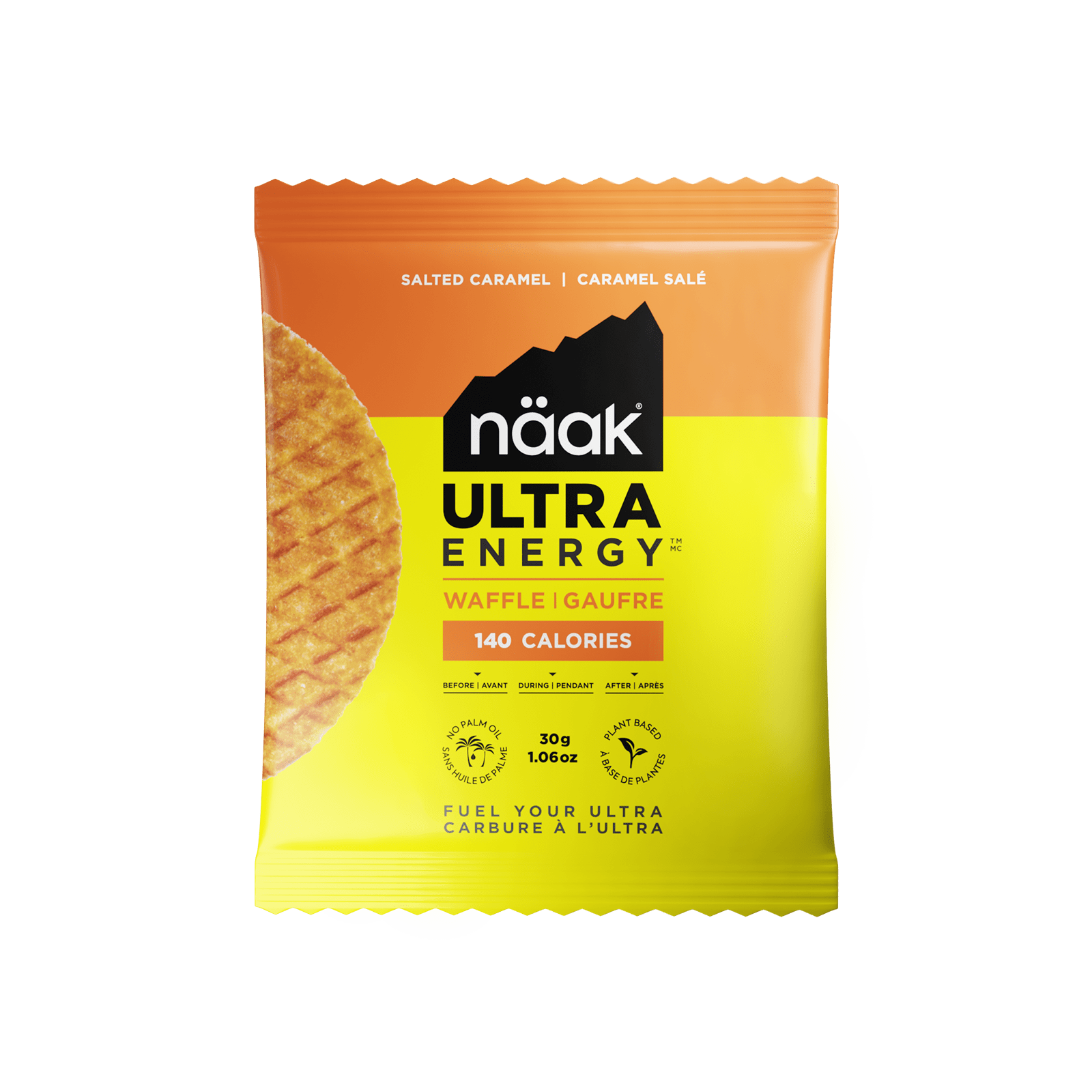
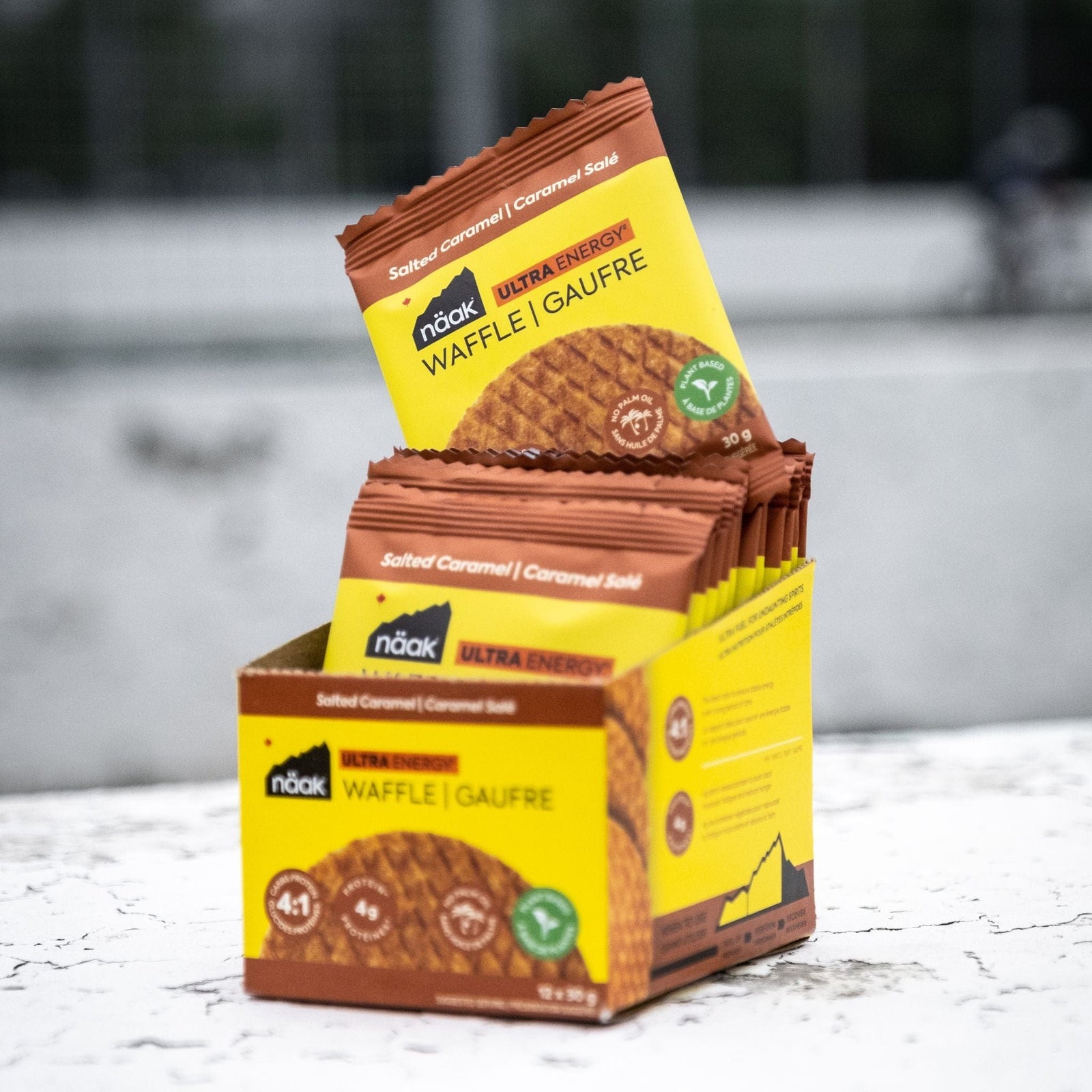


Leave a comment (all fields required)